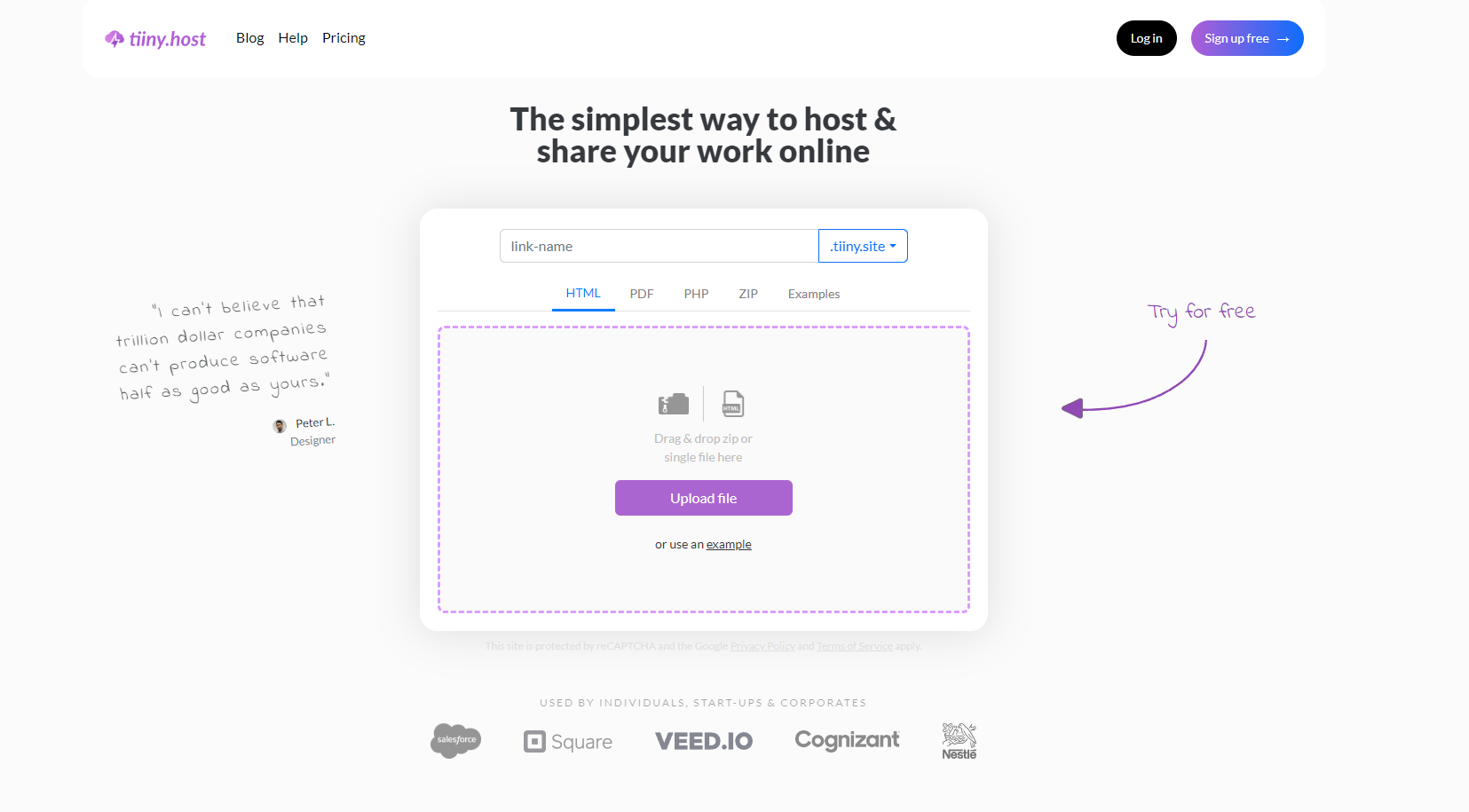- Why Include a Portfolio Link in Your Resume?
- How do I create a digital portfolio if I don’t have one yet?
- Where to Include Your Portfolio in Your Resume
- How Can You Link Your Portfolio in Resume
- How Can You Highlight Your Portfolio in Resume
- FAQs: Link Your Portfolio in the Resume the right way
Creating a compelling resume is crucial to making a great first impression on potential employers. One of the most effective ways to stand out is by including a link to your portfolio. This not only showcases your work but also demonstrates your dedication and expertise in your field.
In this article, we’ll guide you through the process of linking your portfolio in your resume, expand on the best practices, and highlight specific tips for different professions.
Why Include a Portfolio Link in Your Resume?
- Showcases Your Skills: A portfolio is a visual representation of your abilities, giving employers a better idea of what you can do.
- Demonstrates Experience: It shows that you have practical experience and projects to back up your skills.
- Increases Engagement: Recruiters are more likely to engage with interactive elements like a portfolio, especially when it’s easy to access.
How do I create a digital portfolio if I don’t have one yet?
Creating a digital portfolio is easier than you might think. Start by organizing your best work into categories based on your skills or project types.
We have some tutorials to help you create portfolios according to professions easily:
- If you’re a developer, you can create and host your portfolio website
- Creating a portfolio for 3D artist
- How to Make a Portfolio as a Concept Artist
- Crafting a Copywriter Portfolio
- Portfolio for Digital Artists
- Creating Portfolio for Freelancers
Where to Include Your Portfolio in Your Resume
1. Contact Information Section
The contact section is usually at the top of your resume. It’s the perfect spot to include your portfolio link because it’s one of the first things recruiters will see.

2. Dedicated Portfolio Section
Creating a section specifically for your portfolio can be beneficial if you have several key projects to highlight. Use this section to list your most impressive work with individual links.

3. Experience Section
Integrate the portfolio link directly into the relevant work experience or projects description. This approach ties your achievements to real examples, showing the impact of your skills.

4. Header or Footer
You can also include a portfolio link in the header or footer of your resume for visibility on every page.
How Can You Link Your Portfolio in Resume
Step 1: Choose the Right Platform to Host
Before you add a portfolio link to your resume, ensure that your portfolio is hosted on a professional platform. The easiest way to host your portfolio is through Tiiny host, it literally takes less than a minute.
You can host PDF files, HTML websites, PHP websites or combine your articles or images in a ZIP file and host it through Tiiny.
- Navigate to Tiny.host
- Upload your portfolio files
- Fill in the ‘link-name’ or leave it blank
- Log in or sign up and publish!
It’s that easy! You are now ready to link your portfolio to your resume.

Step 2: Pick the Best Placement on Your Resume
A few different placement strategies are mentioned in above section, you can strategically place the portfolio link where it will be most visible and relevant on your resume.
In the next section, you will find detailed guidance on what you can add to your resume according to your profession.
Step 3: Format the Link Professionally
When adding a portfolio link to your resume, formatting is key to maintaining professionalism:
- Use a Hyperlinked Text: Instead of pasting the raw URL, use hyperlinked text like “View My Portfolio” or “See My Projects.” This keeps your resume clean and concise.
- Include the URL in Parentheses: If you are submitting a plain text resume or a printed version, include the full URL in parentheses next to the hyperlinked text.
- Shortened URLs: If the portfolio link is too long, consider using a link shortener like Bitly to create a clean and readable URL.
Step 4: Label Your Links Clearly
Use clear and descriptive labels that indicate what each link leads to, making it easy for recruiters to understand what they’ll find when they click:
- Examples: “See Design Projects,” “Explore Web Development Work,” or “Read Published Articles.”
- This approach makes the links more enticing and informative, encouraging recruiters to click through.
Step 5: Check Link Functionality
Before finalizing your resume, make sure to double-check that all links are working correctly:
- Test on Different Devices: Verify that your portfolio link works on both desktop and mobile devices to ensure accessibility.
- Check for Typos: Double-check your URL to ensure there are no typos that could lead to broken links.
- Update Regularly: Keep your portfolio link up-to-date with your latest work to showcase your most recent achievements.
Step 6: Customize the Portfolio Link for Each Job Application
Tailor your portfolio link based on the job you are applying for. Link directly to a section of your portfolio that aligns with the specific job description. If possible, create different versions of your portfolio to focus on skills or projects that match each potential employer’s needs.
Step 7: Keep Your Portfolio Professional
Make sure your portfolio content is polished and aligns with the tone of your resume:
- Group similar projects together and start with the most relevant or impressive ones.
- Provide context for each project to explain your role, the tools you used, and the outcomes.
- If your work involves visuals, make sure all images and graphics are of high resolution to create a professional look.
How Can You Highlight Your Portfolio in Resume
Different professions have unique ways to showcase their skills through portfolios. Below are some examples of how various professionals can effectively integrate portfolio links into their resumes to make a lasting impression.
-
Graphic Designers
Graphic designers should focus on displaying their visual creativity through a well-organized portfolio. Including work samples like logos, branding projects, digital illustrations, and UI/UX designs is crucial.
It’s best to have a dedicated section in the resume for your portfolio link, clearly labeled with the project types like “Logo Design” or “Brand Identity.”
Make sure each project is linked directly to its detailed showcase to provide a seamless viewing experience.
-
Software Engineers
Software engineers should create portfolios that demonstrate their coding abilities, problem-solving skills, and knowledge of programming languages. You can share your projects through platforms like Tiiny host and share them. Including links to GitHub repositories where you have developed or contributed to projects is a smart way to illustrate your technical prowess.
Highlight specific projects that align with the job you’re applying for and mention any notable achievements like successful debugging, code optimization, or implementing innovative features. This shows your capacity to work on both independent and collaborative coding assignments, making you a valuable asset to potential employers.
-
Writers and Content Creators
Writers and content creators should use their portfolios to exhibit a variety of their published articles, blog posts, or creative pieces. You can include these links within the projects or experience section of your resume, associating each link with the specific role or publication.
Highlighting diverse writing styles, such as marketing content, storytelling, or technical writing, can show your versatility to potential employers and help them understand your voice and expertise.
-
Photographers
Photographers need a portfolio that showcases their best shots in various categories, such as portraits, landscapes, event photography, or commercial shoots. Creating a gallery and linking it to your resume allows recruiters to appreciate your artistic skills and versatility.
A dedicated photography section within your resume, along with links to specific galleries or collections, helps you stand out.
-
Marketing Professionals
Marketing professionals benefit from portfolios that display successful campaigns, social media strategies, email marketing projects, and analytics dashboards. Integrating portfolio links in the project descriptions allows you to demonstrate your impact with tangible results, such as engagement rates, ROI, or lead generation statistics.
A portfolio that includes case studies or detailed breakdowns of your campaigns helps employers see not just the creative side but also your strategic thinking and data analysis skills. Hosting these examples on a branded personal website can add to your credibility.
-
UX/UI Designers
UX/UI designers need to showcase a portfolio that highlights wireframes, prototypes, and user journey maps to emphasize their design thinking and problem-solving skills.
It’s essential to link to specific case studies in your resume, illustrating the project from research and concept development to design and testing phases. Providing a glimpse into your process helps employers understand your ability to create intuitive, user-centered designs.
You can share your Figma or Adobe files hosted on your personal branded website which can be ideal for sharing interactive prototypes, offering recruiters an engaging way to experience your work.
-
Illustrators and Digital Artists
Illustrators and digital artists can use their portfolios to display character designs, concept art, and various artistic projects that reflect their style and creativity.
Including a portfolio link in the header of your resume or in a dedicated section can give recruiters instant access to your artwork. A well-structured illustrator’s portfolio can showcase high-resolution images and animated sequences, making your talents more appealing and engaging to those reviewing your application. -
Product Managers
Product managers should use their portfolios to present case studies that highlight their role in product development, from ideation to launch. Including a link to a well-structured portfolio that outlines your problem-solving strategies, market analysis, and team management skills can set you apart.
Use the experience section of your resume to link to specific product launches or features you led, detailing the impact these initiatives had on user engagement or revenue. This helps potential employers understand your strategic vision and leadership qualities in driving successful product outcomes.
One Last Tip: Be Consistent
Ensure that the style and format of your links are consistent throughout your resume. Consistency enhances readability and makes your resume look more polished.
By following these steps, you’ll be able to effectively add your portfolio link to your resume, showcasing your work in a way that is both accessible and impactful for recruiters.
FAQs: Link Your Portfolio in the Resume the right way
Can I link multiple portfolios to my resume if I have diverse skills?
Yes, if you have expertise in multiple areas, it’s appropriate to link to different sections of your portfolio or even separate portfolios altogether. For example, a designer who also has front-end development skills might have one portfolio for design projects and another for coding examples. Just make sure each link is clearly labeled to avoid confusion.
What if a recruiter doesn’t click on my portfolio link?
It’s a possibility that some recruiters might not click on your portfolio link, so ensure your resume is strong enough on its own. Use the portfolio link to supplement your achievements and provide more context, but don’t rely entirely on it to make your case. Also, use descriptive text to encourage them to click, like “View detailed project examples.”
Are there any common mistakes to avoid when linking a portfolio to a resume?
A common mistake is using an unprofessional URL for your portfolio or linking to an outdated version. Always ensure your portfolio is organized, easy to navigate, and free of broken links. Another mistake is overcrowding your portfolio with too many projects, which can overwhelm recruiters. Focus on showcasing only your best and most relevant work.



